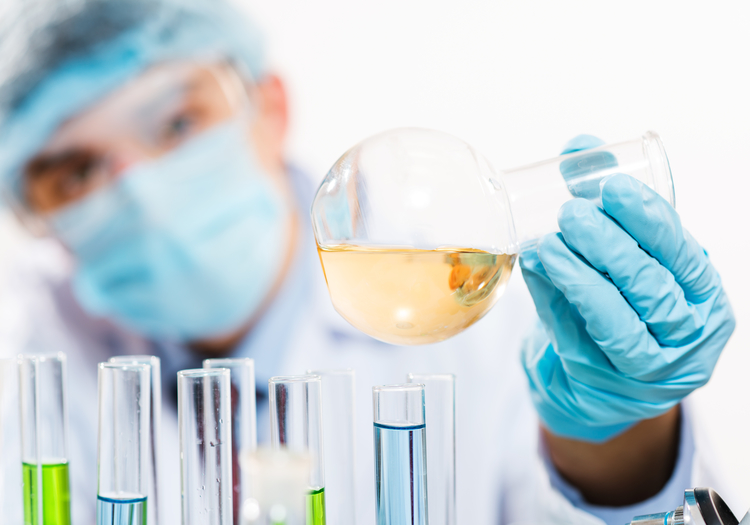Research liquids are crucial in many scientific experiments, from medical to biochemical studies. These liquids, however, can be hazardous to human health and the environment if not handled properly.Â
Therefore, it is essential to understand the safety measures and handling procedures necessary to prevent accidents and contamination. This article provides an overview of research liquids‘ safety and handling practices.
Table of Contents
Labelling and Identification
Labelling and identification are critical when it comes to handling research liquids. All containers should be appropriately labelled with the name of the substance, its concentration, and any hazard warnings.Â
This information helps to ensure that the correct liquid is being used for the intended purpose and that the necessary safety measures are taken. Using appropriate storage containers for different liquids is essential, as some chemicals can react with certain materials, leading to contamination or even explosions.
Storage
Proper storage of research liquids ensures the lab’s and its occupants’ safety. All containers should be kept in designated storage areas with specific substance requirements.Â
For instance, some fluids require refrigeration or freezing to maintain their chemical integrity, while others should be kept away from heat or sunlight. Furthermore, flammable liquids should be stored in a designated flammable liquids cabinet away from potential ignition sources.
Handling
Handling research liquids is a delicate process that requires attention to detail and adherence to safety protocols. To prevent accidental exposure or spills, personal protective equipment (PPE) such as gloves, goggles, and lab coats must be worn when handling liquids.Â
Additionally, it is crucial to know the proper techniques for handling different liquids, such as pouring, transferring, or measuring. Proper handling techniques also involve preventing contamination between other fluids by using clean equipment and separating storage areas.
Disposal
Proper disposal of research liquids is essential to protect the environment and human health. Fluids should be disposed of according to local regulations, which may require specific procedures for different types of liquids.Â
For instance, some fluids may require neutralisation or dilution before disposal, while others may need specialised hazardous waste disposal facilities.Â
It is essential to follow these regulations to prevent contamination of the environment and avoid potential legal consequences.
Training and Education
Finally, training and education are essential in ensuring the safety of research liquids in a laboratory setting. All laboratory personnel should undergo proper training on handling and disposing of research liquids to minimise the risk of accidents and contamination.Â
Regular refresher courses and safety drills can help reinforce safety protocols and ensure all personnel are up-to-date with current safety regulations.
Final Remarks
In conclusion, research liquids play a crucial role in scientific experiments, but they can be hazardous to human health and the environment if not handled properly. Therefore, following safety measures and handling procedures is essential when working with research liquids.Â
These practices include proper labelling and identification, appropriate storage, personal protective equipment, spill management, proper disposal, and training and education. By adhering to these protocols, laboratory personnel can ensure their safety, colleagues, and the environment while conducting valuable research.
So, make sure you get the top-quality research liquids from leading stores.Â
